Treatment Technology for The Surface of Aluminum Alloy Pressure Die Casting Parts
2020.03.30Since magnesium alloys are extremely active and often have a layer of oxide on the surface, the surface treatment of magnesium alloy pressure die casting parts is somewhat difficult. Special treatment methods must be used. Existing surface treatment techniques are immature, often making the alloy surface rough and using a large amount of non-environmental chemicals. In recent years, there have been new developments in advanced surface treatment technologies for magnesium alloy pressure die casting parts.
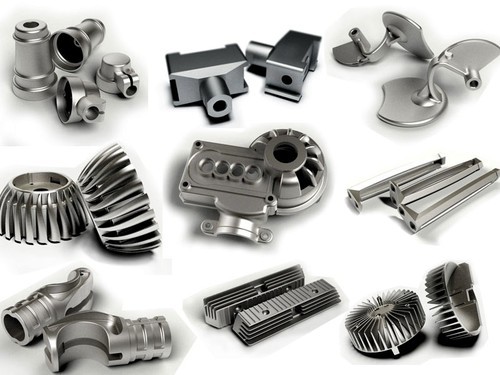
The developed technology includes electroplating, conversion layers, and anodization.
1. Electroplating
Magnesium alloy electroplating is mainly divided into two types. One is to directly carry out electroless nickel after activation of the alloy; on the other hand, it can be electroplated after being zinc-plated. The relevant process is as follows:
Direct electroless nickel deposition
Degreasing→Acid Washing→Activation 1→Activation 2→Electroless Nickel→Heat Treatment→Electroplating Copper→Other Plating
Zinc precipitation method
Degreasing→Acid Washing→Activation 1→Activation 2→Zinc Precipitation→Electroplating Copper→Other Plating
2. Anodizing
The biggest advantage of magnesium alloy anodized film is that it is hard, wear resistant, corrosion resistant, and insulated. The process is as follows:
Degreasing→Acid Washing→Anodizing→Dyeing
Through special equipment and electrolyte, select the appropriate voltage, generate plasma and micro-arc in the oxidation process, which will form a dense and hard ceramic oxide layer on the surface of the magnesium alloy, and pass >100 Hour salt spray test. The surface of the treated magnesium alloy can be dyed by reference to general aluminum anodization, or directly coated with an organic coating or other kinds of coatings.
3. Conversion Layer
In terms of conversion layer, chrome is the most common method, and the effect is also the best; however, due to environmental issues, the use of hexavalent chromium (Cr6+) technology is a must. Therefore, the intrinsic chromizing is replaced by phosphating, and certain achievements have been made. The phosphatized magnesium alloy can pass the 24-hour neutral salt spray test. After the surface is coated with the organic coating, the salt spray test can even exceed 300 hours. The phosphating layer can also enhance the adhesion of magnesium alloy and paint.
Related News
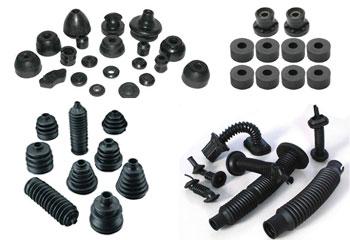
Do you really know about the current situation and development trend of automotive rubber parts?
September 3, 2018The rapid development of China's automotive industry is promoting the related supporting industries, especially the rubber industry. Over the years, automotive rubber parts have developed into a uniqu... view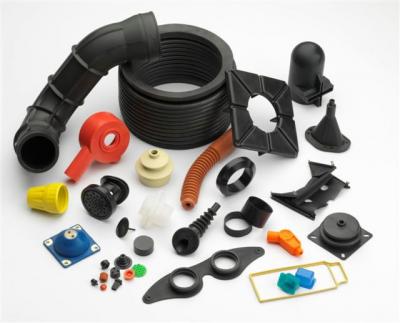
Anti-Vibration &Safety Product of Rubber Auto Parts
September 3, 2018Anti-vibration productIt is mainly installed in the engine, car body, air conditioning and car suspension system. It is mainly used to reduce vibration and noise when driving, improve the stability, s...view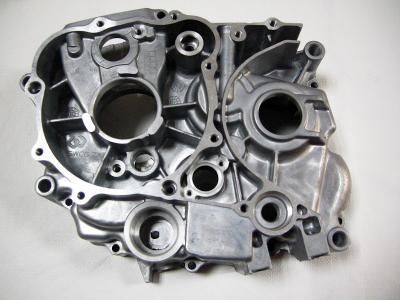
Pressure Die Casting Parts Development Prospects
September 3, 2018China's economy is still developing rapidly. As the contradiction between the resources and the environment is increasingly intensifying, according to the requirements of Scientific Outlook on Develop...view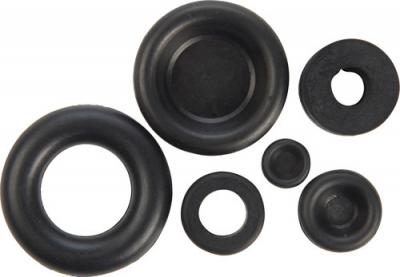
Automotive Window Gasket Rubber Daily Maintenance
September 3, 2018Check whether there is any big crack or fracture in the seal. If the seal is broken, it can be repaired with a binder. Using the special seal adhesive can patch up the big cracks easily. Of course, if...view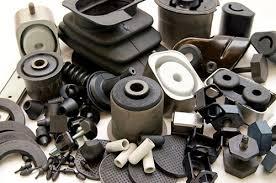
Variety of Rubber Auto Parts
September 3, 2018There are many kinds of the rubber auto parts except the tires. Generally, one car is equipped with 200 to 300 kinds of rubber auto parts, and some wagons and industrial cars can have 400 to 600 piece...view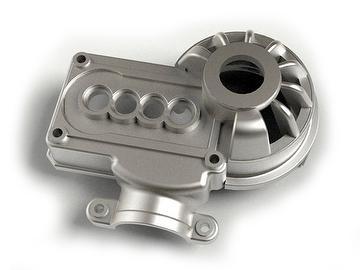
Design Programming of Die Casting Parts
September 3, 2018Design specification for wall thickness of auto die casting partsDie casting parts with thin walls have higher strength and better compactness than the ones with thick walls. In view of this, the desi...view
- TEL:+86-0574-88106851
- FAX:+86-0574-88106851
- EMAIL:sales@relong.cnjett@relong.cn
- ADDRESS:11/F, South Building, No. 1299, East Yinxian Avenue, Ningbo, China

